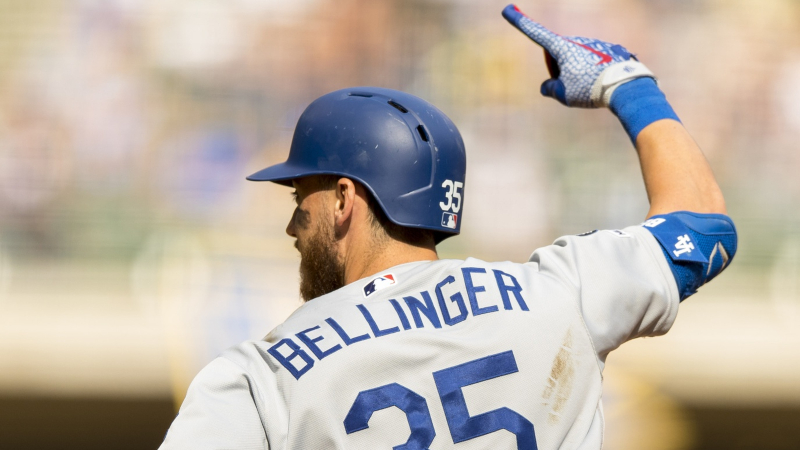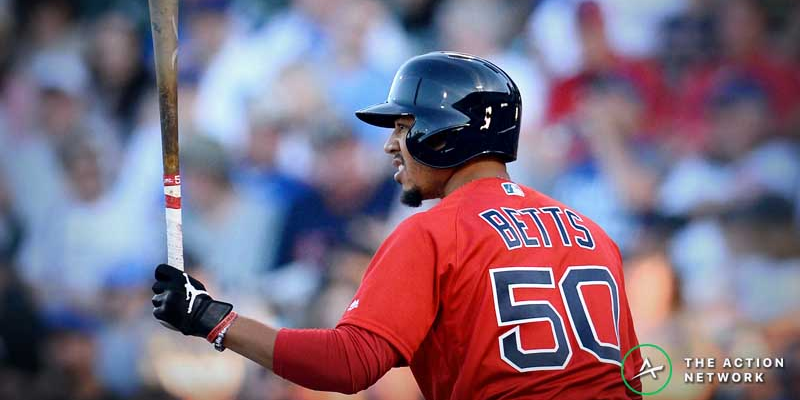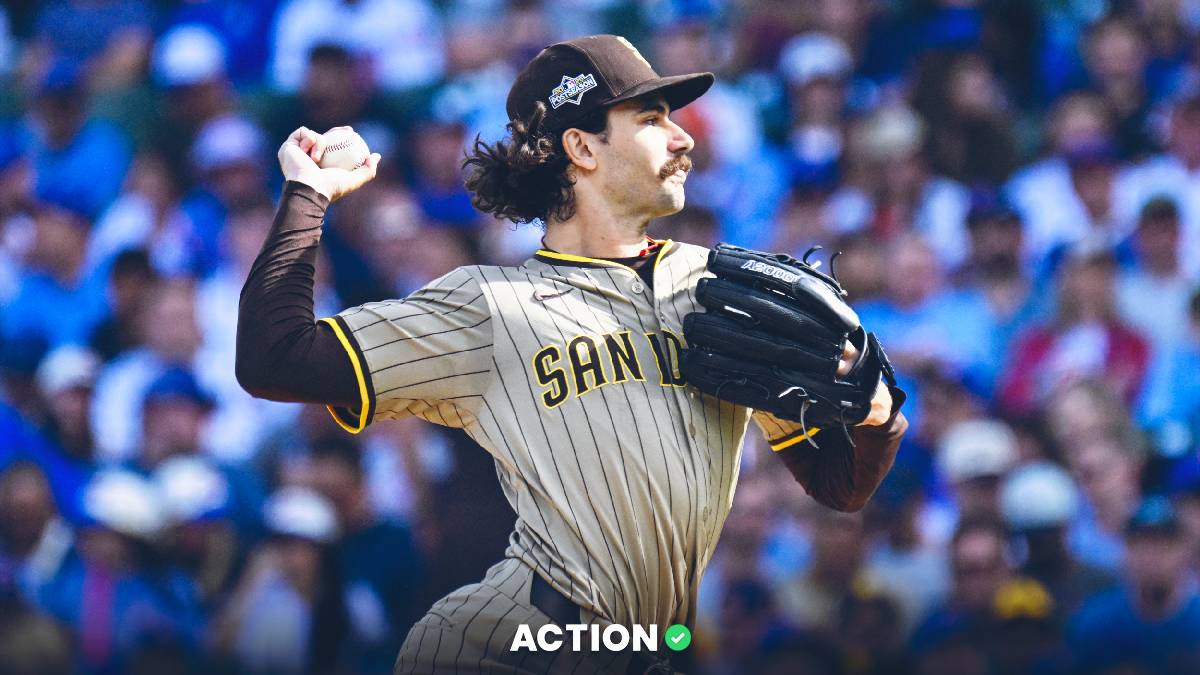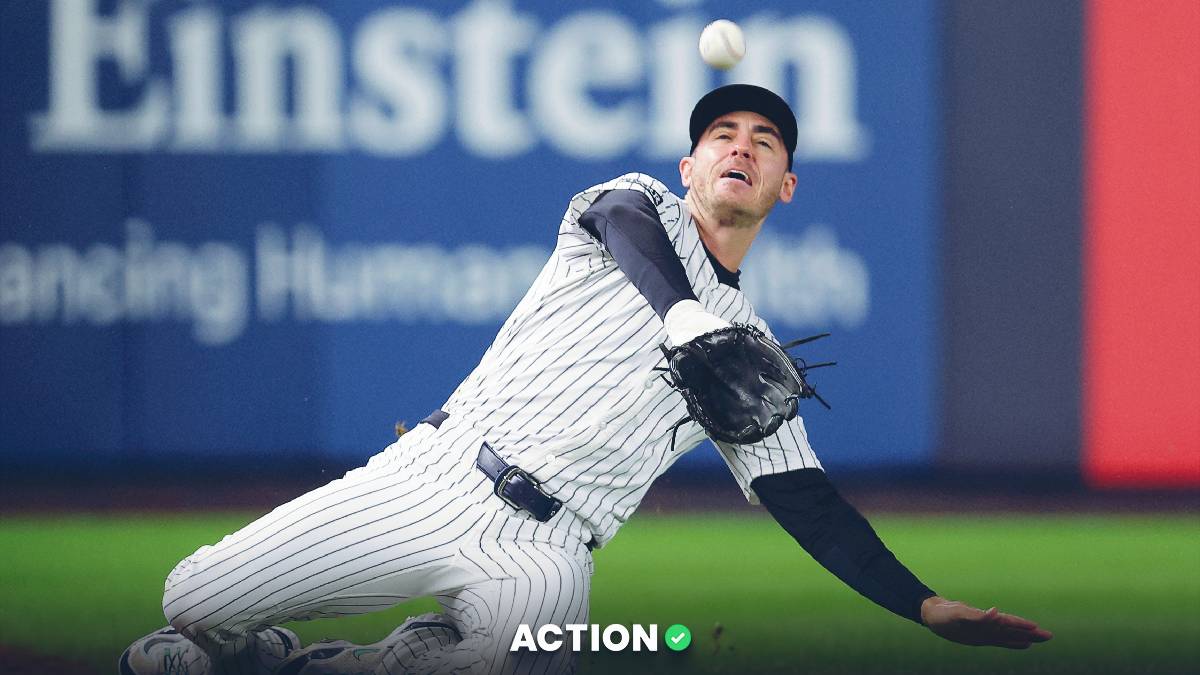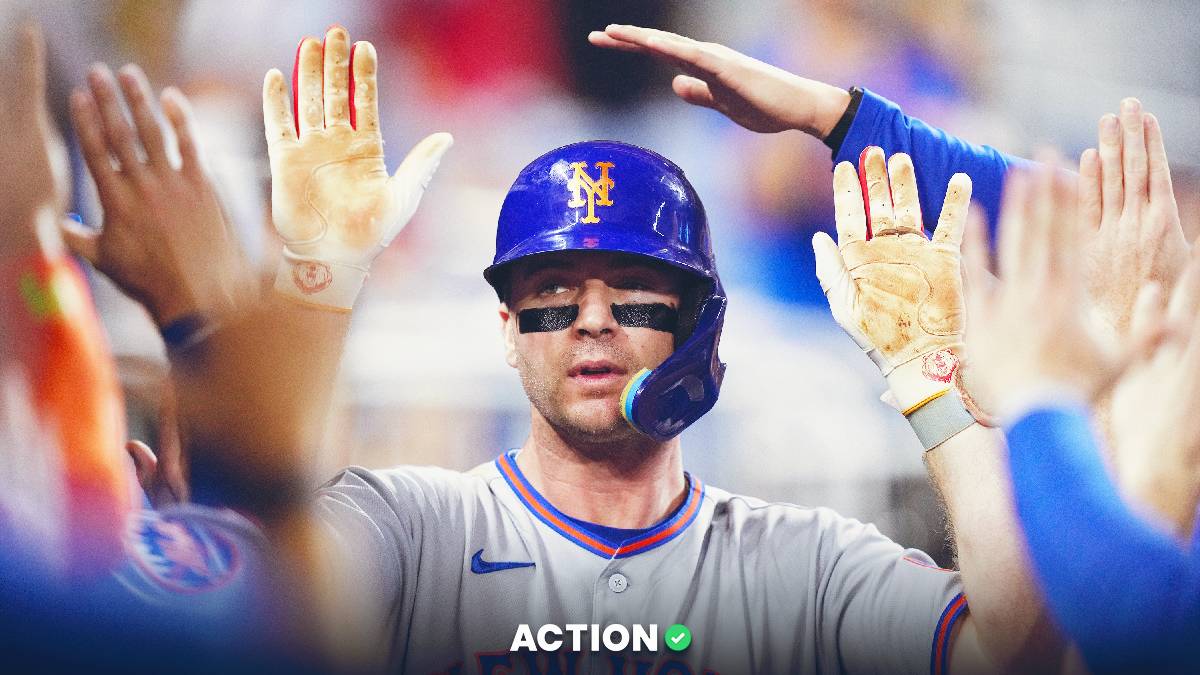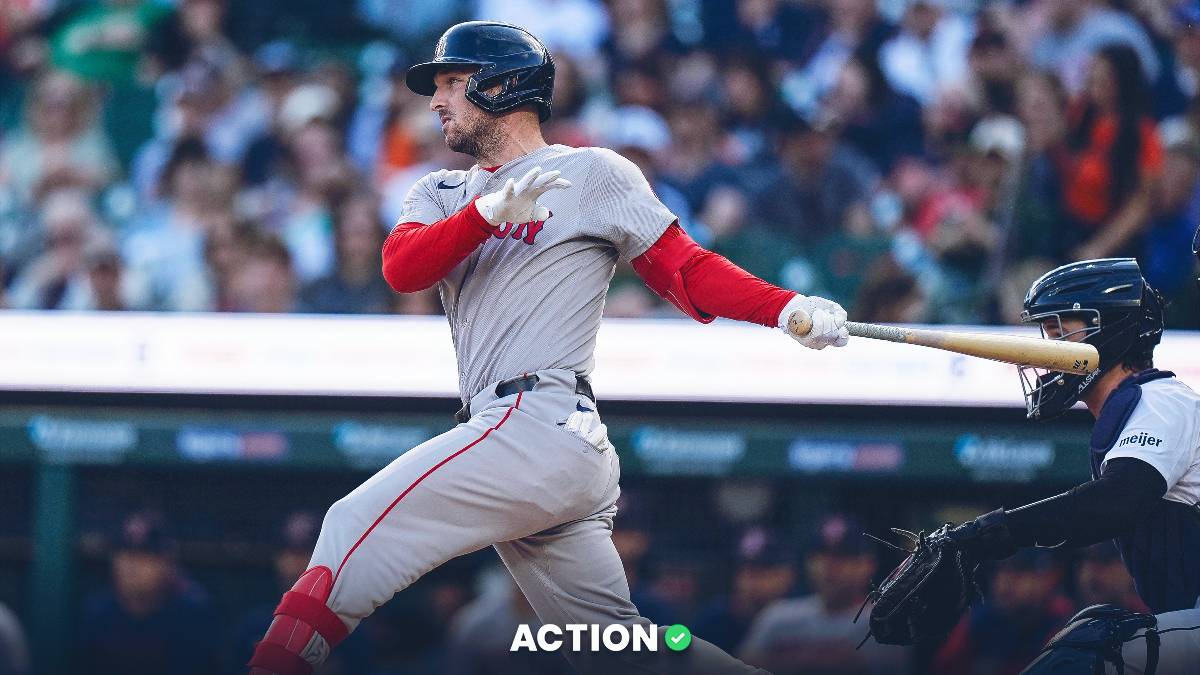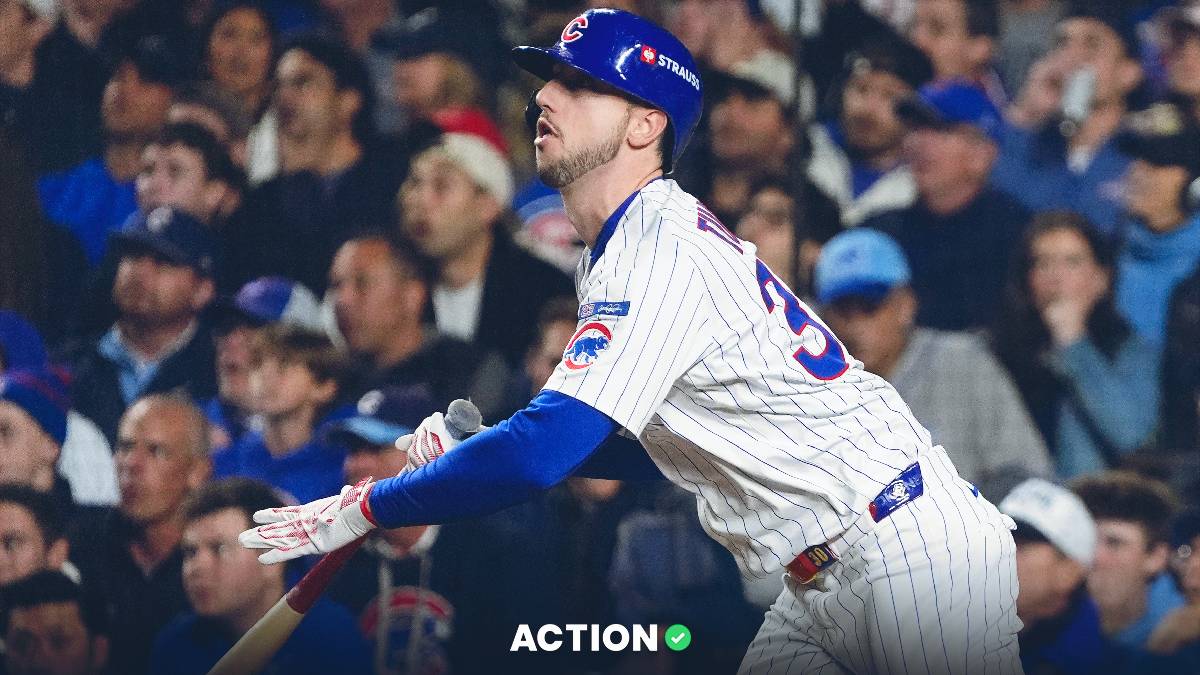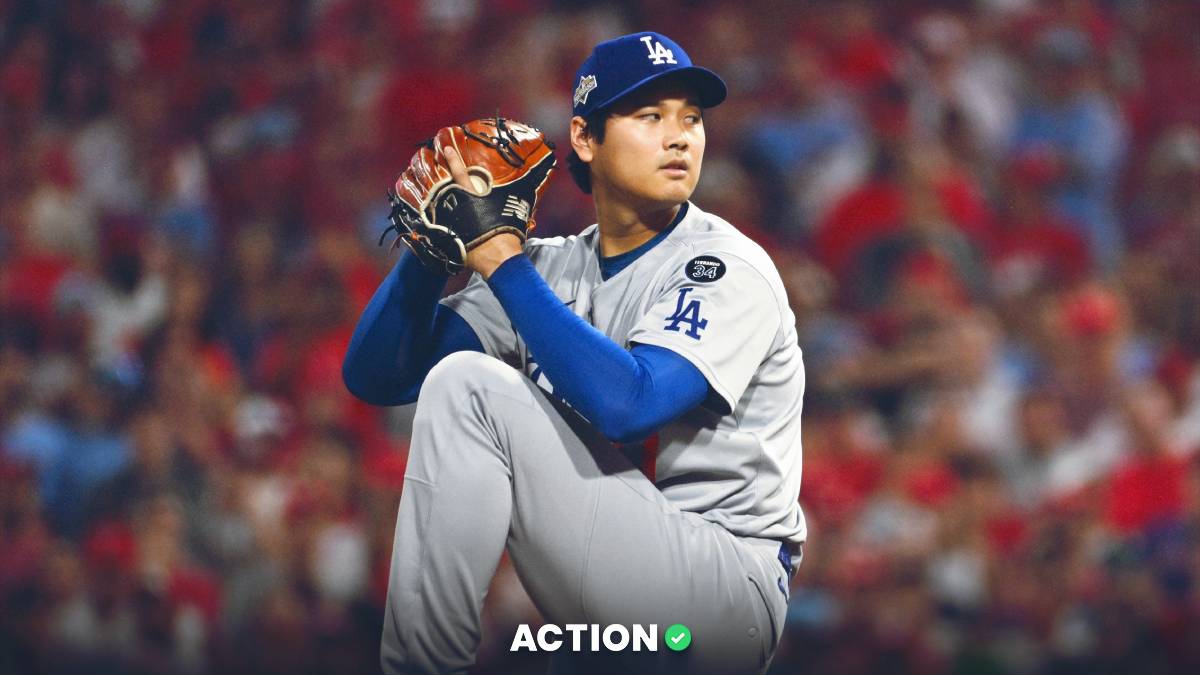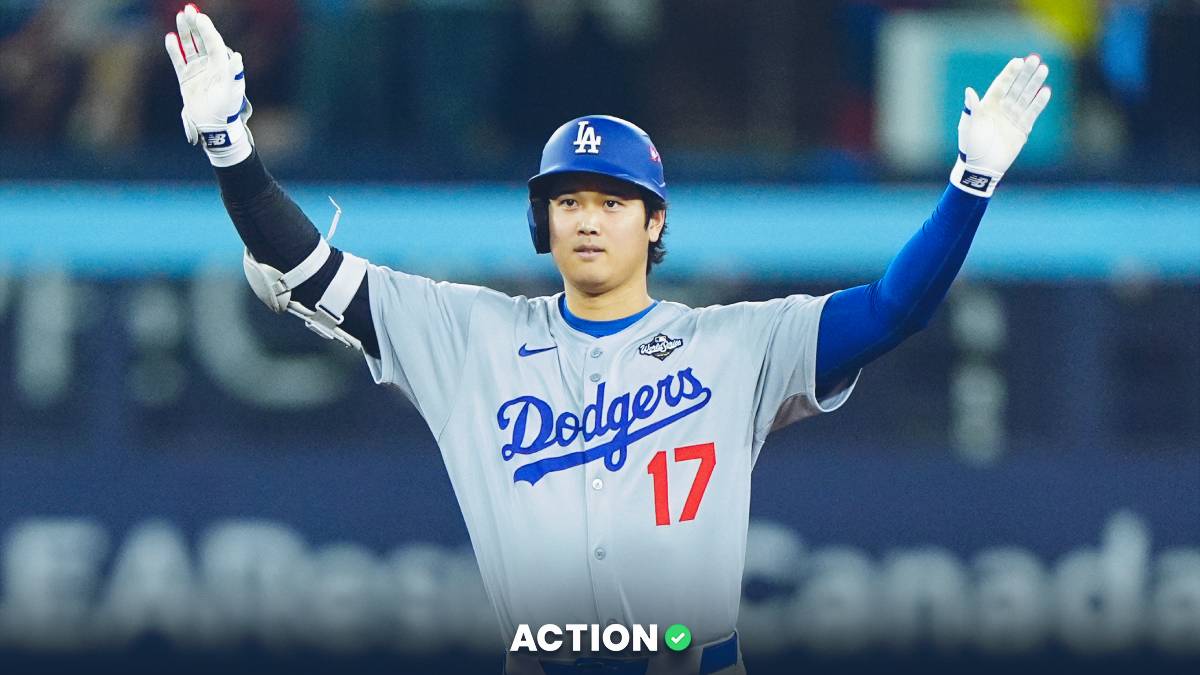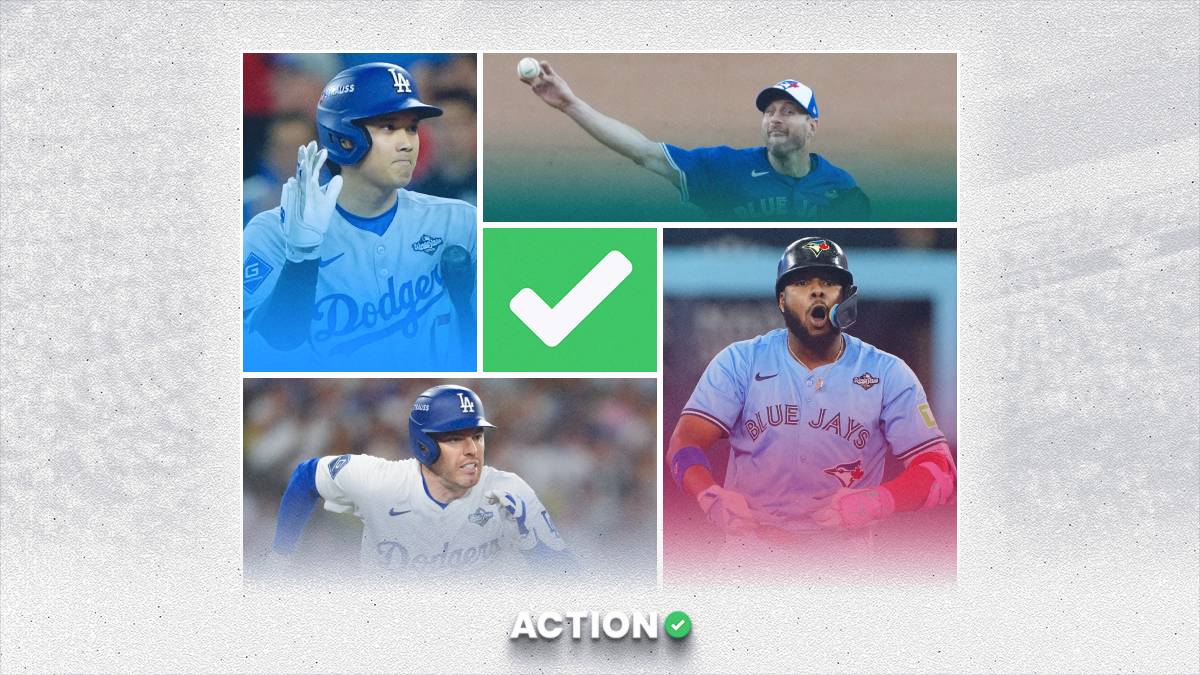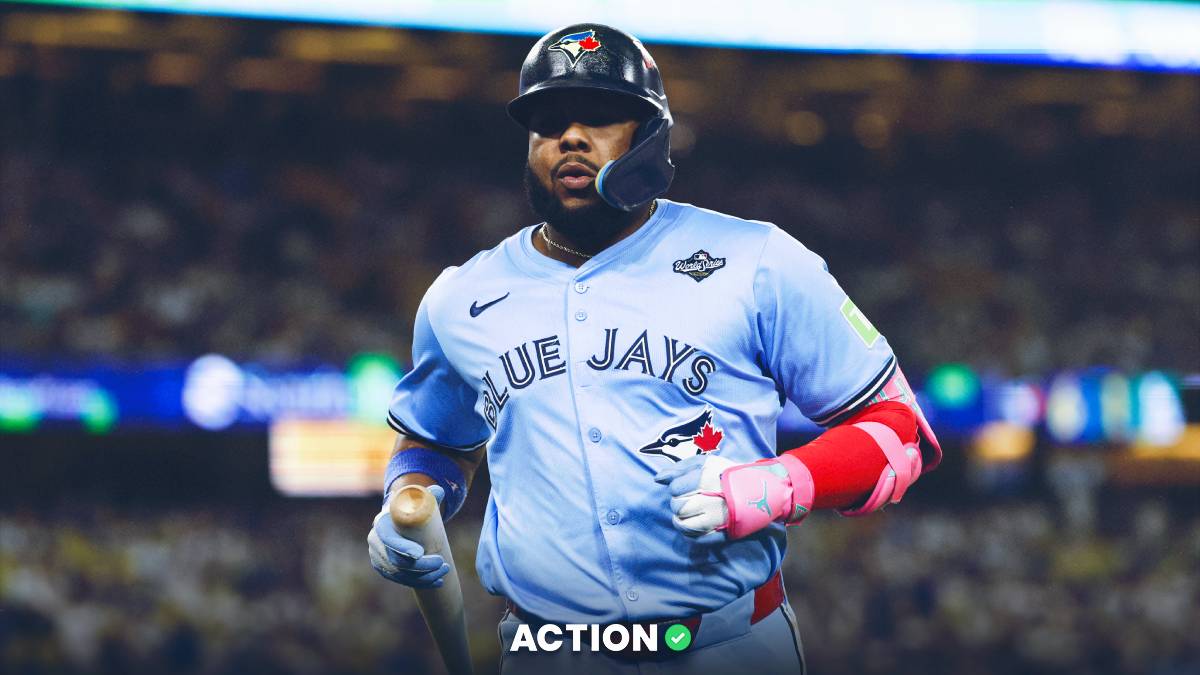- Home runs are being hit a historical pace this year and overs got off to a solid start during the first couple of months of the season as a result.
- With homers going up and up, oddsmakers have adjusted -- as they always do.
- Using Bet Labs, we break down what to expect when betting on MLB over/unders for the rest of the season.
Are the balls juiced? I can't say I know that they are for a fact, but the data sure is interesting.
I'll just use home run per fly ball percentage to illustrate my point.
Last year, the Yankees led the league as a team with a 16.9% HR/FB%. It makes sense — they had a few gargantuan guys playing in a park the size of a postage stamp. Two other teams, the Brewers and Rockies, posted rates higher than 15%, while 14 of the league's 30 teams were at 13% or higher.
This year, the Brewers lead the league at 20%! Six teams are ahead of last year's top mark of 16.9%, 13 teams are at 15+% and 24 teams are at 13% or higher.
So … either everyone in the league is injecting one another with Winstrol in the bathroom, or the balls are flying farther this year. I reckon its the latter. In fact, with teams averaging 1.34 HR/game, there's been about 15% more dongs this year than at the height of the steroid era in 2000.
While this really annoys me as someone who took a bunch of home run season-long prop unders, it's also likely impacting many folks' day-to-day bets. There's another element we haven't discussed yet, though … the oddsmakers!
They're smart fellas. They know that we know that dingers are being hit at a record pace and runs are being scored more than they have in the past decade. They're going to want to stay on top of that.
With that said, I went and compared the over/under results through May from each of the past four seasons.
Overs Through May
- 2016: 52.5%
- 2017: 52.4%
- 2018: 47.8%
- 2019: 50.9%
While it may seem like overs have crushed so far this year, they've hit at only a 50.9% rate through May. Sure, it's plenty higher than last year, but a good bit less than in 2016 and 2017.
You may remember that 2016 and 2017 sort of started out the "launch angle" craze, which led to a significant home run increase. Teams went from 1.01 homers per game in 2015 to 1.16 in 2016 and 1.26 in 2017.
However, that number dipped back down to 1.15 last year, something that probably surprised bettors and oddsmakers. That's likely why we saw the over rate drop way down from 2017 to 2018.
But wait a second — home runs are way up to 1.34 this year, but overs didn't even hit at a 51% rate through the first couple months. Why?
Well, I hope you like colorful colors and stacked bar graphs because that's just what I have in store for you. I did some analysis! Crunched the numbers!
Using Bet Labs, I found out how often a game closed with a specific total. For example, if there were 1,000 games in the 2017 sample and 200 of them had an over/under of 8, the red bar would show 20% in the 8 column. You can hover your mouse over each bar to see the exact percentage.
Fancy Graph
Findings
Well, it shouldn't shock you, but totals are skewing higher and higher, baby. If you focus on the blue bars, you'll see that there have been far more games this year with totals of 9 or higher than there have been the past few years — 44.3% to be precise.
Totals of 10 or higher have really shot up, too, with 2019 nearly doubling last year's percentage. Take a look at this slightly less fancy graph that illustrates these findings.
On the flipside, totals between 7.5 and 8.5, which were mighty popular back in 2016 and 2017, are becoming less common. Back in '16, more than 60% of games through May had a total between 7.5 and 8.5. That number was below 45% this year.
You may have noticed that there's a second page on the fancy graph called "rest of the year." Obviously the first couple of months of spring are going to be different than the dog days of summer and this data certainly reflects that.
Through 2016-2018, each data point between ≤6.5 and 8 lowered, while most data points between 9 and 10+ went up. I'd expect similar results for this year, which means get ready for lots of 9.5s, 10s, 10.5s and so on. There have been only 123 games so far this June, but 9.5 and 10+ have both occurred 25 times apiece (20.3%).
You're now probably wondering what these heightened totals mean as far as results go … so here's your answer.
Overs Rest of the Year
- 2016: 49.1% (down from 52.5% through May)
- 2017: 47.7% (down from 52.4%)
- 2018: 48.5% (up from 47.8%)
Under-takers have fared well in the latter months these past few years –something that's been the case historically, too. Overs, as a whole, have hit just 49.2% of the time dating back to 2005. They've hit 50.2% of the time through May, but just 48.7% after May. You'd think it would be the opposite considering the better weather, but clearly oddsmakers are shading these lines up.
I think the books are certainly happy with unders hitting slightly more than overs, as overs have received the majority of bets 74.4% of the time.
I would imagine we see unders hit more than half the time through the rest of this year, too. Even though homers are up, strikeouts are also up. Batting averages are low and teams are getting smarter when it comes to shifts and defensive alignments.
Could the Baja Men release a new single called "Who Let the Dongs Out" about this year's home run outburst? Yes, yes they could. But as these results show you, that doesn't mean you should go and hammer over after over after over the rest of the year.
Historical stats via Fangraphs and Baseball Reference


